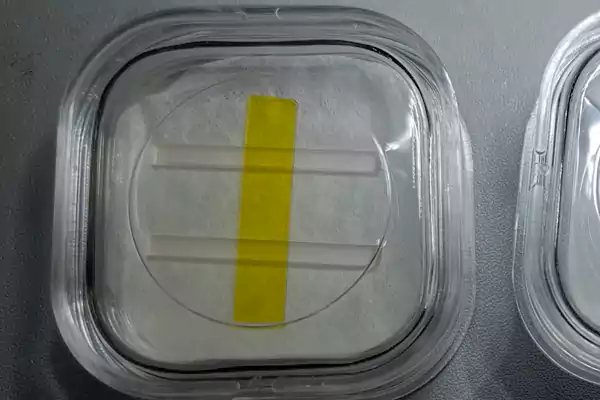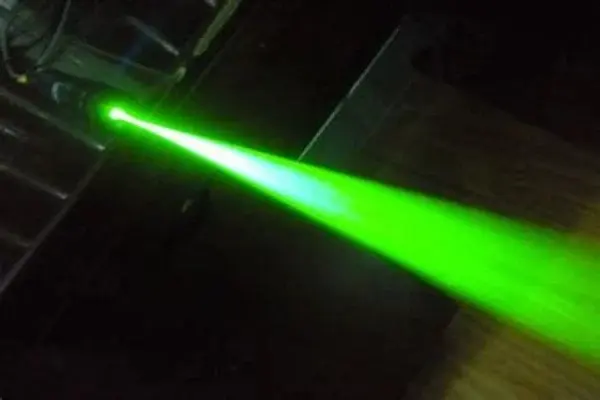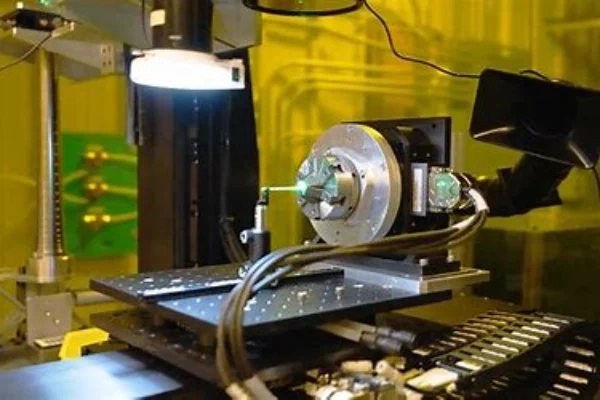The 2024 Baoshan District Science and Technology Innovation Promotion Conference was held today, and CRYLINK was invited to attend
On April 7, 2024, Baoshan District Science and Technology Innovation Promotion Conference was held today. As one of the companies awarded the “pre-investment convertible equity” project in Baoshan District in 2022, CRYLINK was invited and represented by its general manager Dr. Dong Yongjun. The conference brought together many heavyweights in the science and technology industry, including the new action of Shanghai Wusong Materials Laboratory led by Zhao Dongyuan, the “cloth bag academician”, which attracted attention, showing the latest achievements and future planning of Baoshan District in the field of scientific and technological innovation. Dr. Yongjun Dong gave a presentation on …










